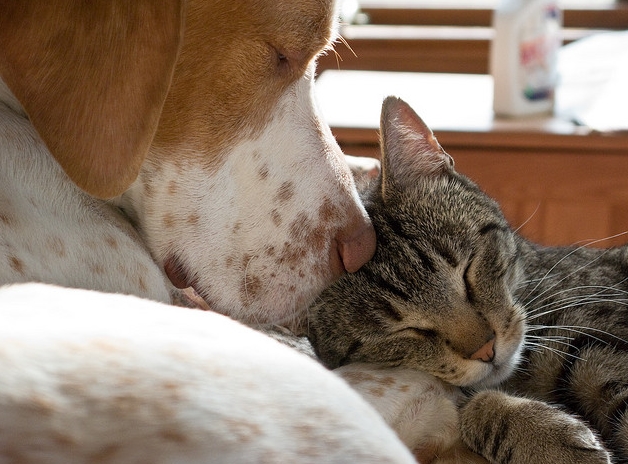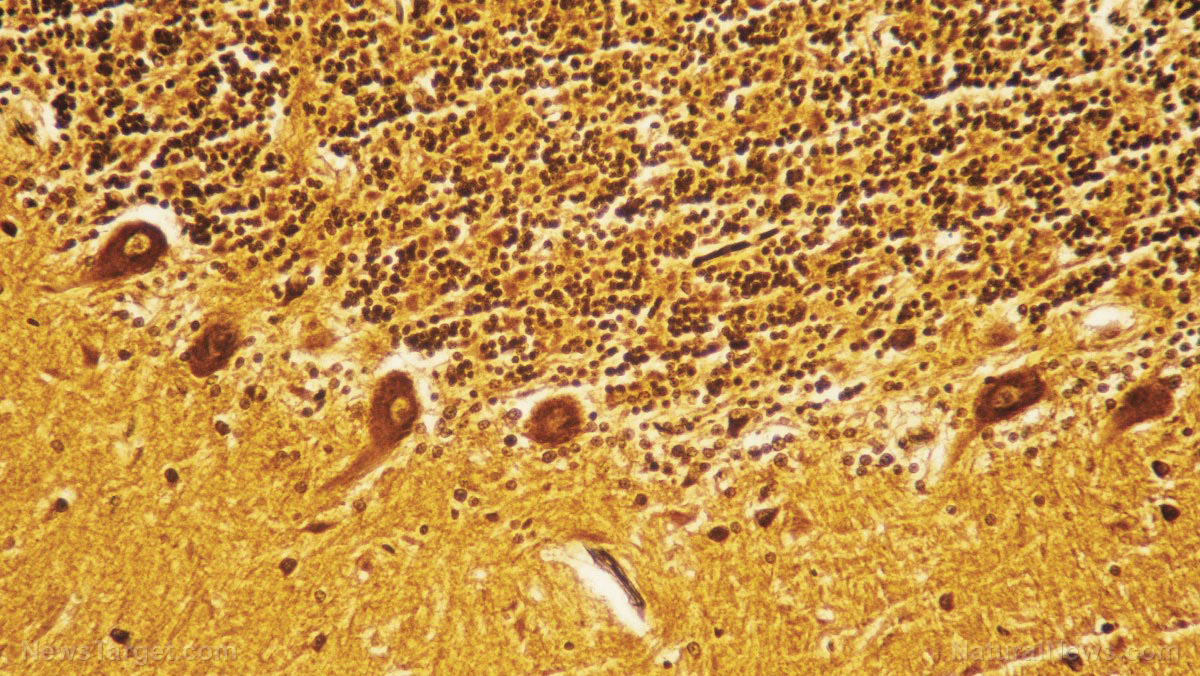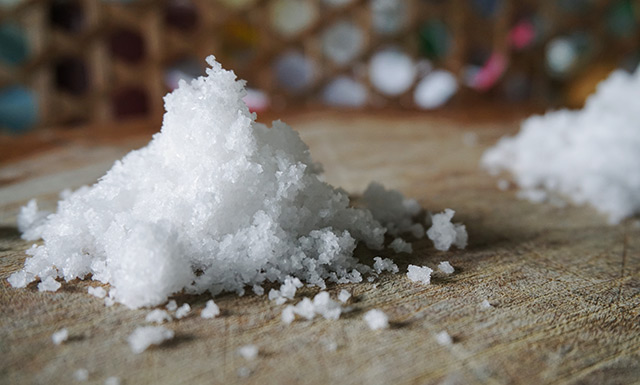How the pet food industry is killing your pet
10/23/2015 / By Julie Wilson

Decorated in colorful, vibrant packaging and costing a pretty penny, commercial pet food is one product many of us blindly trust; after all, who would want to hurt animals? Turns out, a lot of people, including the commercial pet food industry, which only recently gained popularity in the 1980s.
The commercial pet food industry is keeping a big secret from its loyal consumers. Their products not only contain a bunch of cheap, unhealthy junk, but contain euthanized cats and dogs that are supposedly added for extra protein.
Author Ann Martin dives into this controversial and little known topic in her book titled Food Pets Die For: Shocking Facts About Pet Food.
Her book opens with a bit of a disclaimer, warning readers that the information within it “may not be easy to accept”; however, she adds, “if you care about your animal companions, and you want to be informed about what is in most commercial pet foods, then keep reading.”
Martin says throughout her research she uncovered things that were “absolutely horrifying” about the pet food industry.
Commercial pet food contains dead zoo animals, euthanized cats, dogs, horses and more
“In 1990 after the illness of my two large dogs, Louie, a Saint Bernard, and Charlie, a Newfoundland, I began to ask questions about the ingredients in commercial pet foods and the manufacturers.
“I quickly learned that this is a multi-billion dollar industry that operates with virtually no government regulations [emphasis added] and in many ways is self-regulated.
“I also learned that there are many deplorable ingredients that legally can be used in pet foods as sources of protein – in particular, euthanized cats and dogs, diseased cattle and horses, roadkill, dead zoo animals, and meat not fit for human consumption.
“In addition, sources of fiber in many foods are composed of the leftovers from the food chain, including beet pulp, the residue of sugar beets, peanut hulls, and even sawdust sweepings from the floor of the rendering plant!”
Martin says reading the ingredients on pet food is only half the battle, as deciphering what they mean is where the real leg work comes in.
“Even conscientious consumers couldn’t possibly detect the hidden ingredients that can be legally put in pet food, because only about half the actual contents of the pet food are listed on the label due to minimal legal regulations,” Martin wrote.
Watch out for “meat by-product”
“Meat by-product” may “include a variety of unsavory animal parts. According to Association of American Feed Control Officials (AAFCO), ‘Meat by-product is the nonrendered, clean parts of slaughtered mammals other than the meat.’”
Under the guidelines, acceptable meat products may include “animal lungs, spleens, kidneys, brains, livers, blood, bones, low-temperature fatty tissue, and stomachs and intestines freed of their contents. Livers can be infested with worms (liver flukes) or diseased with cirrhosis.
“Lungs can be filled with pneumonia. If an animal is diseased and declared unfit for human consumption, the carcass is acceptable for pet food,” Martin explains.
“Even parts of animals, such as ‘stick marks’ – the area of the body where animals have been injected with antibiotics, hormones, or other drugs – are cut from the carcasses intended for human consumption and used for meat by-product for pet food.
“The most objectionable source of protein for pet food is euthanized cats and dogs.
“It is not uncommon for thousands of euthanized dogs and cats to be delivered to rendering plants, daily, and thrown into the rendering vat – collars, I.D. tags, and plastic bags – to become part of this material called ‘meat meal.’”
What recourse do you have if commercial pet food sickens your pet?
“If your dog or cat becomes ill after eating a pet food manufactured in the United States, can you go to the FDA/CVM [Center for Veterinary Medicine] and request that this government agency investigate?
“Unless you can provide scientific data that indicates the source of the problem, the answer is no. FDA/CVM requires chemical analysis of the food, veterinary reports, any blood work, urinalysis, or any other medical tests done on your pet, which can be very costly for a consumer. Then, and only then, will the FDA investigate.”
Additional sources:
Tagged Under: animal rights, euthanasia, Pet food, pet food industry, pet health, Pets



















